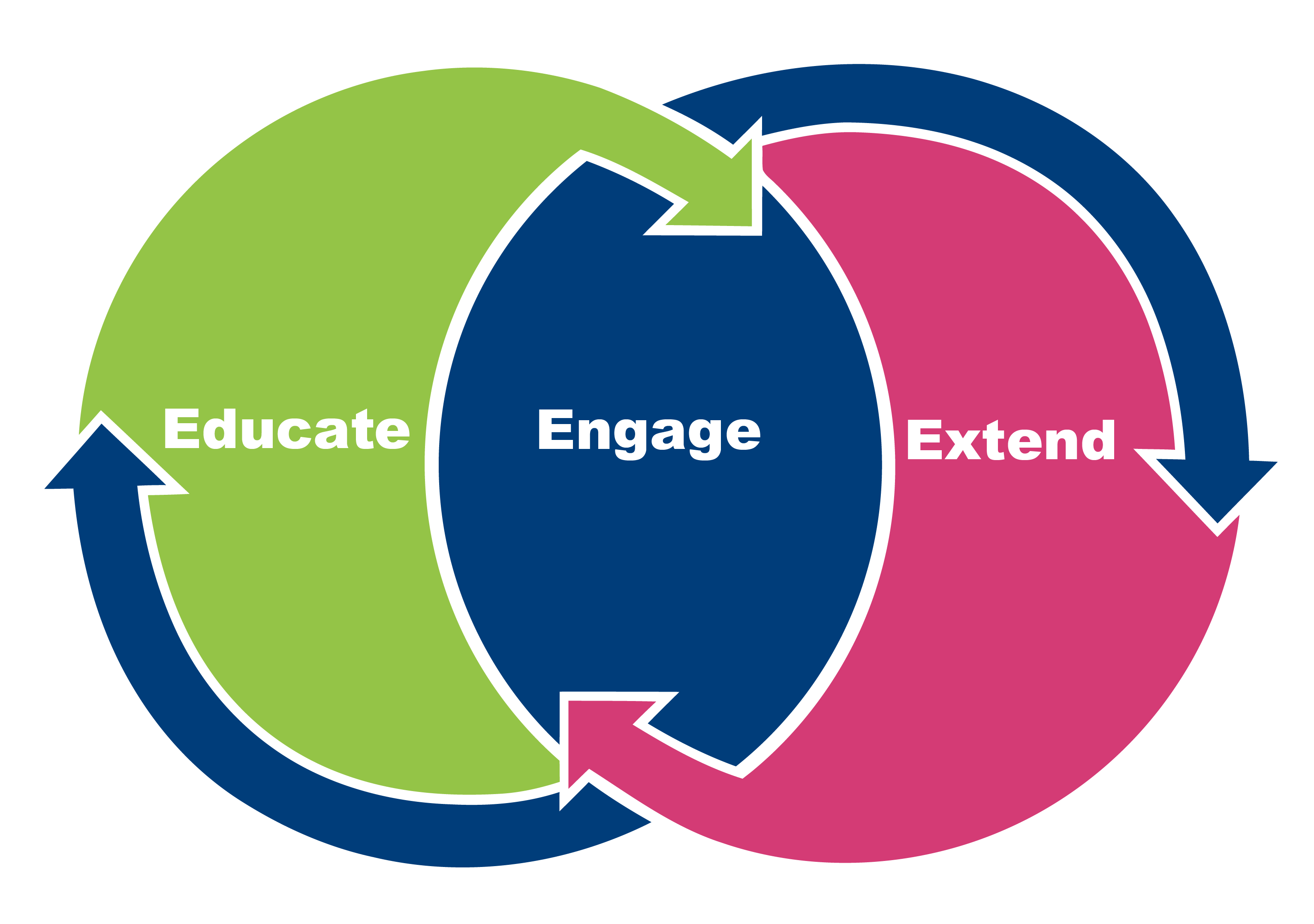
Coalitions often see themselves as “professional organizations”: Most coalitions are not structured to easily incorporate family members. As such, family engagement varies greatly from coalition to coalition.

Coalitions see the family role primarily in legislator education: Most coalitions see family partnership primarily as providing “first-person” stories for legislator education.

Coalitions would like to do more family education: Most coalitions identify families as “consumers” of their work and wish they were more active in family education but have staff and budget limitations.

Combating misinformation, particularly online, is a priority. Coalitions identify false information as a significant problem but struggle to get ahead of it.

Families believe the value they could add to coalitions is sidelined: Families have clear ideas of what and how they would like to contribute to coalitions but find engaging with coalitions challenging.
Coalition Family Engagement: The down low on how coalitions currently engage families
Based on the findings from the VFV Coalition Family Engagement research, coalitions fall broadly into three categories of family engagement.
Tier I Coalitions: Are strictly professional organizations with no direct family outreach – by design. They use their partners to reach families directly. Coalitions in this tier need a “passive” and low-touch approach to family engagement.
Tier II Coalitions: Are coalitions that have limited engagement or have expressed an interest in growing family engagement. These coalitions are looking to develop relationships with motivated families to support legislator and public education efforts.
Tier III Coalitions: These coalitions have integrated families in their work, either as part of the coalition or through a family coalition partner. Tier III coalitions need strategies that provide benefits for families to encourage engagement.

A good way to think about family engagement is to cast a wide net.
- Ensure different kinds of stakeholders
- Provide opportunities for all members to work together
- Create an environment of belonging
Why coalitions should engage with families
Regardless of where a coalition falls in the engagement tiers, the most important thing to keep in mind is the end game. Want to increase vaccination rates? Parents and caregivers are the vaccination decision-makers for childhood vaccines so it makes sense to include them in the conversation. Those of us in the vaccination arena often have a lot of conversations about vaccination with each other without recognizing that the chief decision-makers aren’t at the table. It’s a lot like creating a rad skate park without ever talking with a skateboarder. Without that first-person input, we might be missing really obvious things. For instance, did you know that when VFV talked with healthcare providers and parents about what caregivers most needed to know to feel comfortable vaccinating, parents cited the science and HCPs felt the science wasn’t really that important? There was clearly a bit of a disconnect. Without talking directly with families, we’d never know the need for and value of this information. Regardless of your coalition’s current model, we hope you will be open to incorporating the family voice in your work both as a contributor informing efforts and as a student being educated by it.
How coalitions can increase family engagement
Increasing family engagement can be easy, regardless of the type of coalition you are. Based on our research, VFV has come up with a framework to help: Educate, Engage, Extend.

- Educate: Provide credible, understandable information for families to boost vaccine confidence.
- Engage: Provide opportunities for coalitions to involve families in vaccine advocacy and community awareness.
- Extend: Provide strategies to use families to increase reach and influence.
Coalitions can apply this framework to whatever tier they occupy and tailor it to the level of effort that is most practical for them.

Baby steps are a perfectly good strategy. Most coalitions have a lot more work than time or resources. Start with building on what you are already doing and go from there.
So here's the magic playbook
Educate
Engage
Extend
Boost vaccine confidence with credible information
Involve families in community awareness and vaccine advocacy
Increase reach and influence by partnering with families
Tier I: No direct engagement
Be an amplifier. Share educational materials and resources with partners.
Leverage existing efforts. Take a look at Vaccinate Your Family for easy ideas!
Find ways to integrate families into some of your meetings.
Tier II: Limited engagement
Maximize your online presence. Be active on social media, record webinars, and make sure your website is chock full of good information.
Find and involve families in your work!
Have a family board member. Think about training members on family engagement.
Tier III: Greater engagement
Invest, invest, invest. We’re not talking money but effort. Create campaigns and train advocates.
Train your families to be compelling storytellers!
Provide family media training and guidance on editorial efforts.
© Voices for Vaccines. Excerpts and links may be used by websites and blogs, provided that full and clear credit is given to Voices for Vaccines, with appropriate and specific direction and links to the original content. Parents, providers, advocates, and others may download and duplicate toolkits in print, without alteration, for non-commercial use and with full and proper attribution only.
